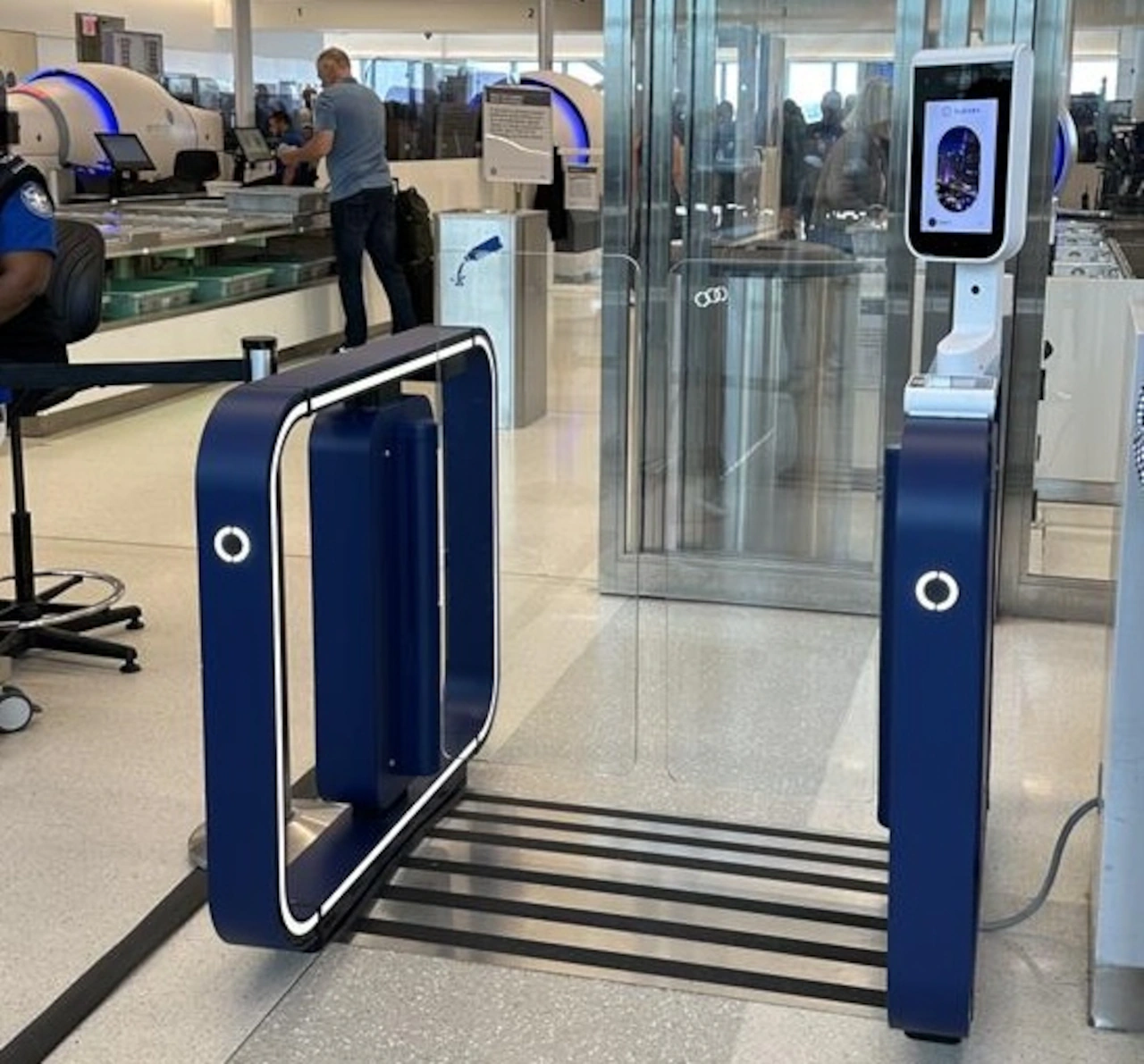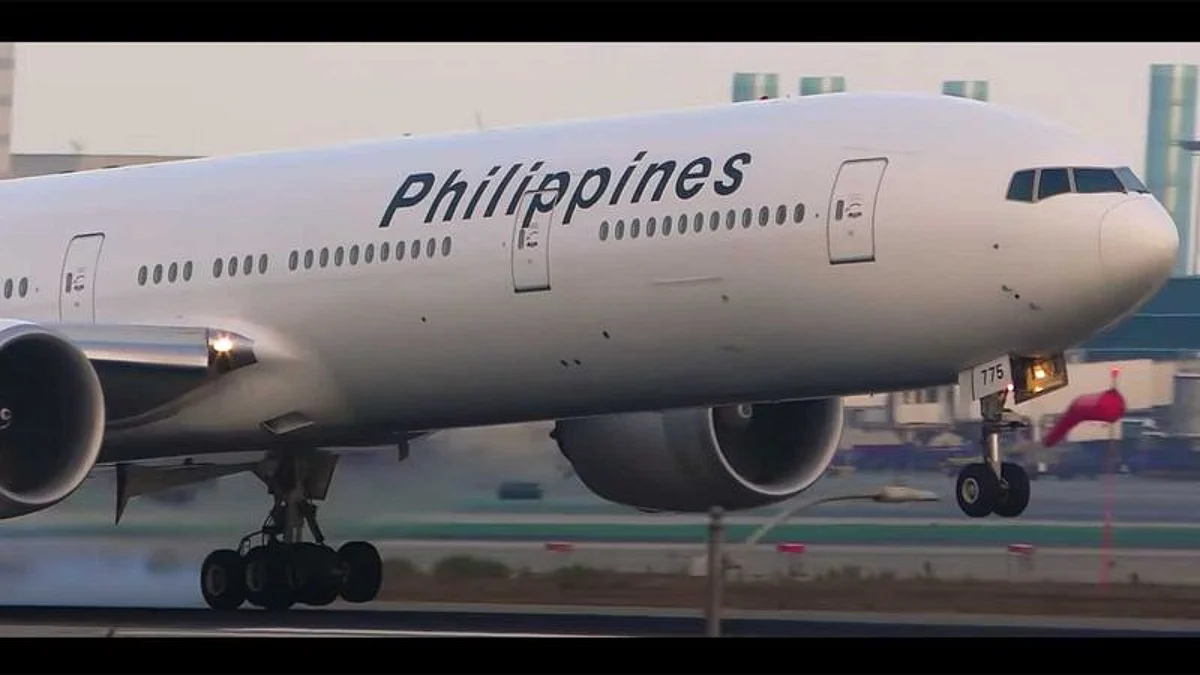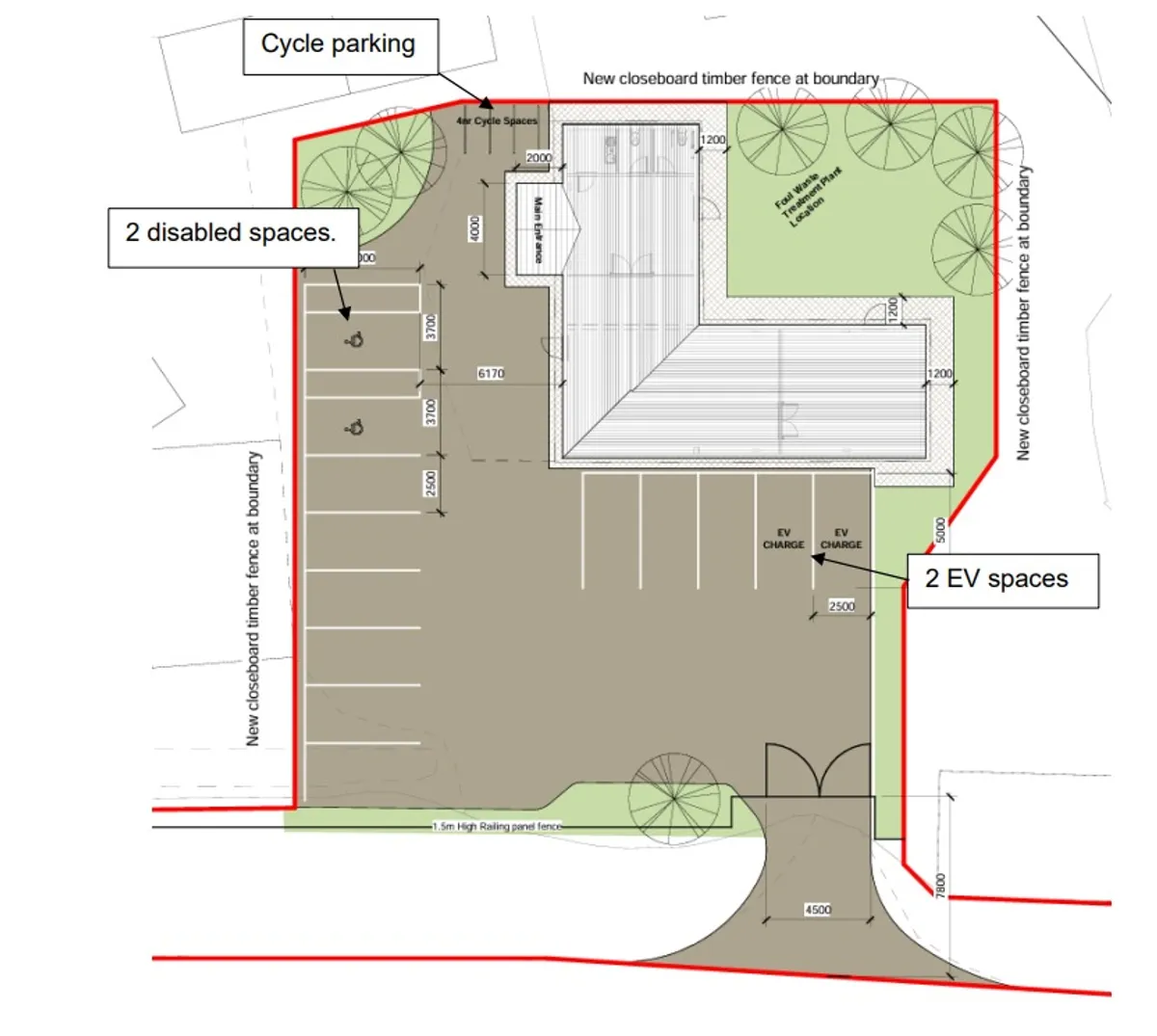Copyright NJ.com

A faster way to get through part of the Transportation Security Administration screening process is coming to Newark Liberty International Airport Thursday. All you have to do is show your face. New facial recognition “eGates” for members of the CLEAR pre-screening program debuted Thursday at some TSA security screening checkpoints at Newark. It allows travelers to bypass presenting physical documents and identification to a TSA screener at a security checkpoint. Does that mean CLEAR customers can leave their Real ID documents at home? Joining CLEAR’s paid service will speed the process but it won’t eliminate the need to have a Real ID compliant form of identification, a CLEAR official said. Showing a Real ID document became mandatory for domestic air travel on May 7 throughout the nation. Real ID complies with 2005 laws that increased security after the 9/11 terrorist attacks. Domestic air travelers over age 18 are required to show a Real ID. Passports and Global Entry cards also meet Real ID requirements. Real ID regulations also apply to enter federal court houses and other federal buildings. That deadline created a demand for appointments at New Jersey Motor Vehicle Commission for drivers obtaining or upgrading a standard license to a Real ID-compliant license. New Jersey has issued a total of 1.626 million Real ID licenses and identification cards as of July 7, officials said. But a video of how the eGates work shows travelers looking at a biometric screen that captures their image without displaying identification documents. The process takes about five seconds and two plexiglass gates open once the CLEAR member is verified. In some cases, TSA agents may conduct follow-up screening that would require travelers to present physical IDs, including a Real ID document, CLEAR officials said Newark joins LaGuardia, JFK, Hartsfield-Jackson Atlanta, Reagan National, Seattle-Tacoma and Cincinnati/Northern Kentucky airports where the biometric gates have previously been installed. The eGates conduct “real-time” biometric verification of a traveler’s identity by matching the facial image captured at the gate with their identity document and boarding pass. That happens by transmitting limited data of the live photo, boarding pass, ID photo used for CLEAR enrollment and identity information. Clear gates open when a traveler’s identity has been verified, a process that takes about five seconds. What eGates don’t do is have ultimate control of those gates, which still remains with the TSA. The eGate has no access to watchlists, it can’t override TSA decisions, and doesn’t manually open gates. Once a travelers identify is verified, they proceed to the physical TSA screening process of individuals and carry on bags performed by security officers . Among the reasons for starting the eGate program is in advance of the FIFA World Cup games this summer and to speed the security screening of the estimated 20 million international soccer fans expected to travel to and from the U.S. New Jersey-New York was one of several host cities selected last year by FIFA for the World Cup games in July 2026. The men’s 2026 World Cup is set to feature a 48-team tournament, with 60 matches played in the U.S. Ten matches will be hosted by Canada and Mexico. The eGate program also will help with holiday travel surges at airports and general increases in traveler volume, which has been seen at regional airports. The Port Authority of New York and New Jersey, which operates Newark, LaGuardia and JFK airports, reported a 2.6% increase in passenger volume to 13.78 million in September, agency data said. “We are proud to help make America’s airports great ahead of the World Cup. The U.S. should be leading on security, hospitality, and the travel experience,” said Caryn Seidman Becker, CLEAR CEO in a statement. “This partnership with TSA is a powerful example of how public and private sectors can work together to enhance security and improve the aviation ecosystem,” she said. The eGate initiative was announced in August 2025 and the technology was installed at no cost to taxpayers, she said.



